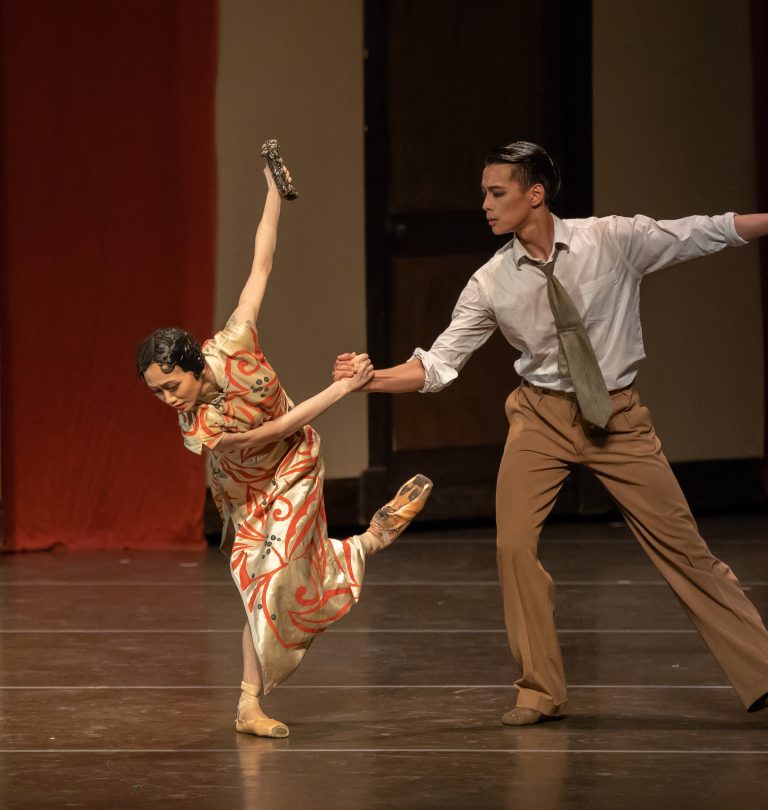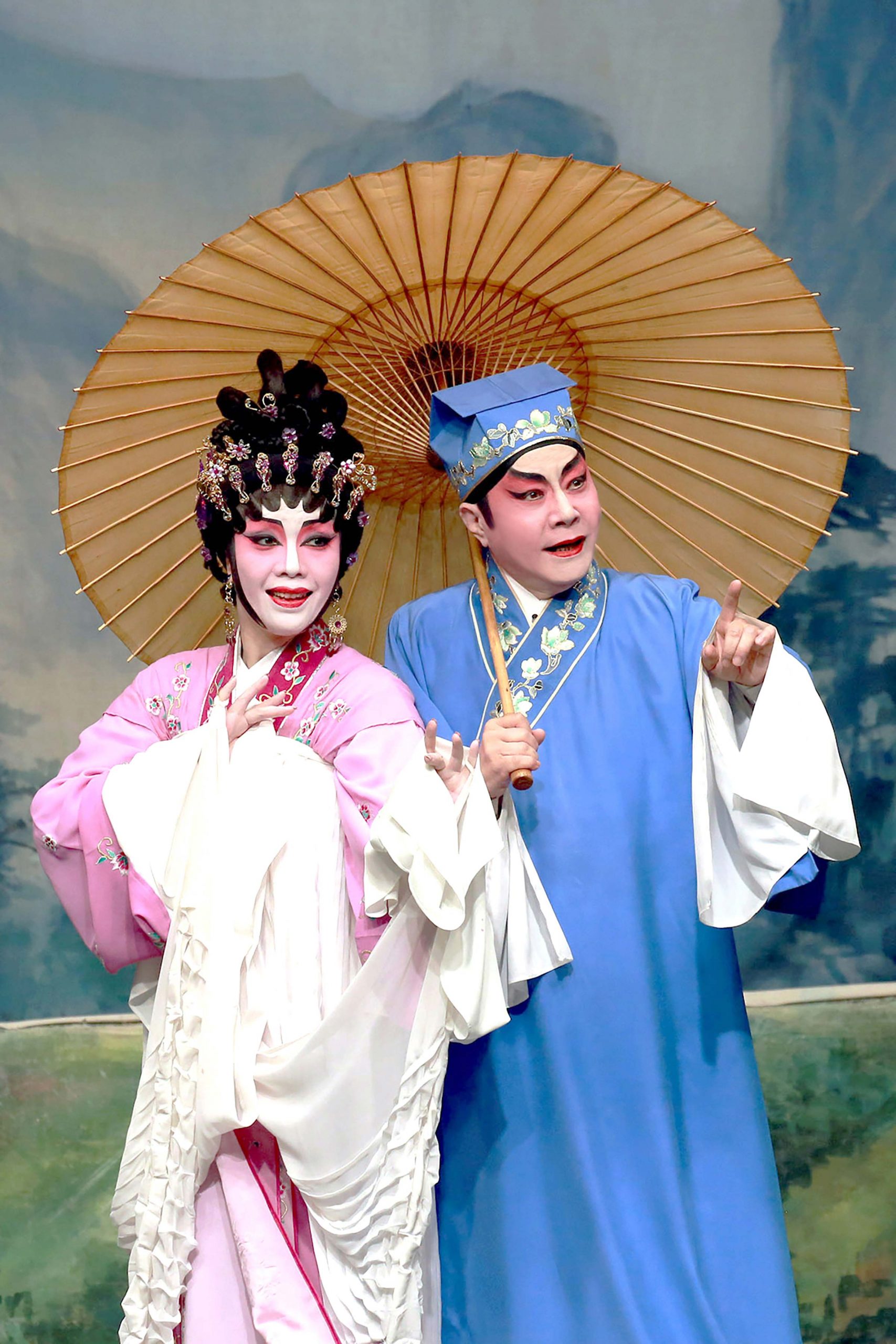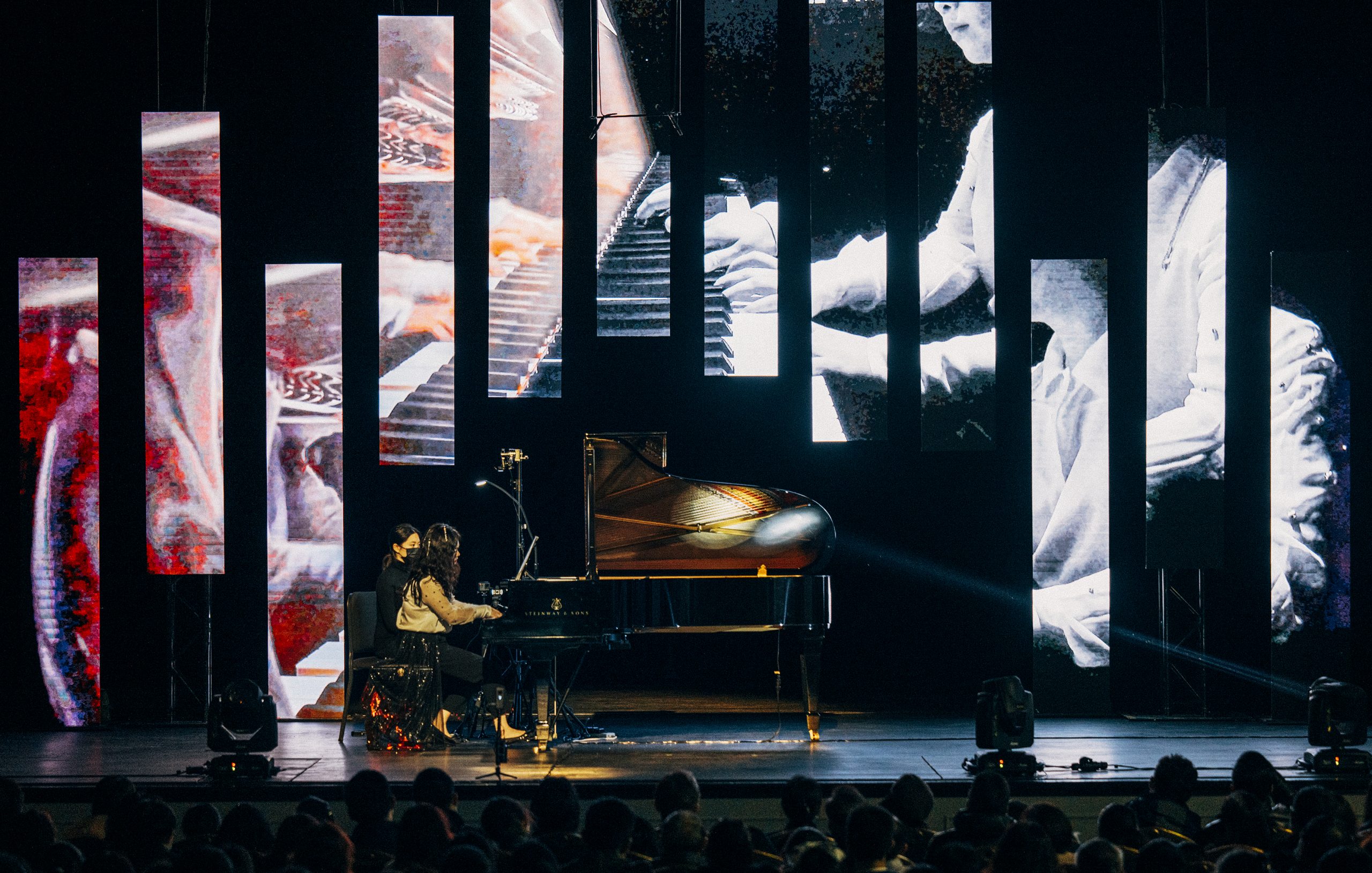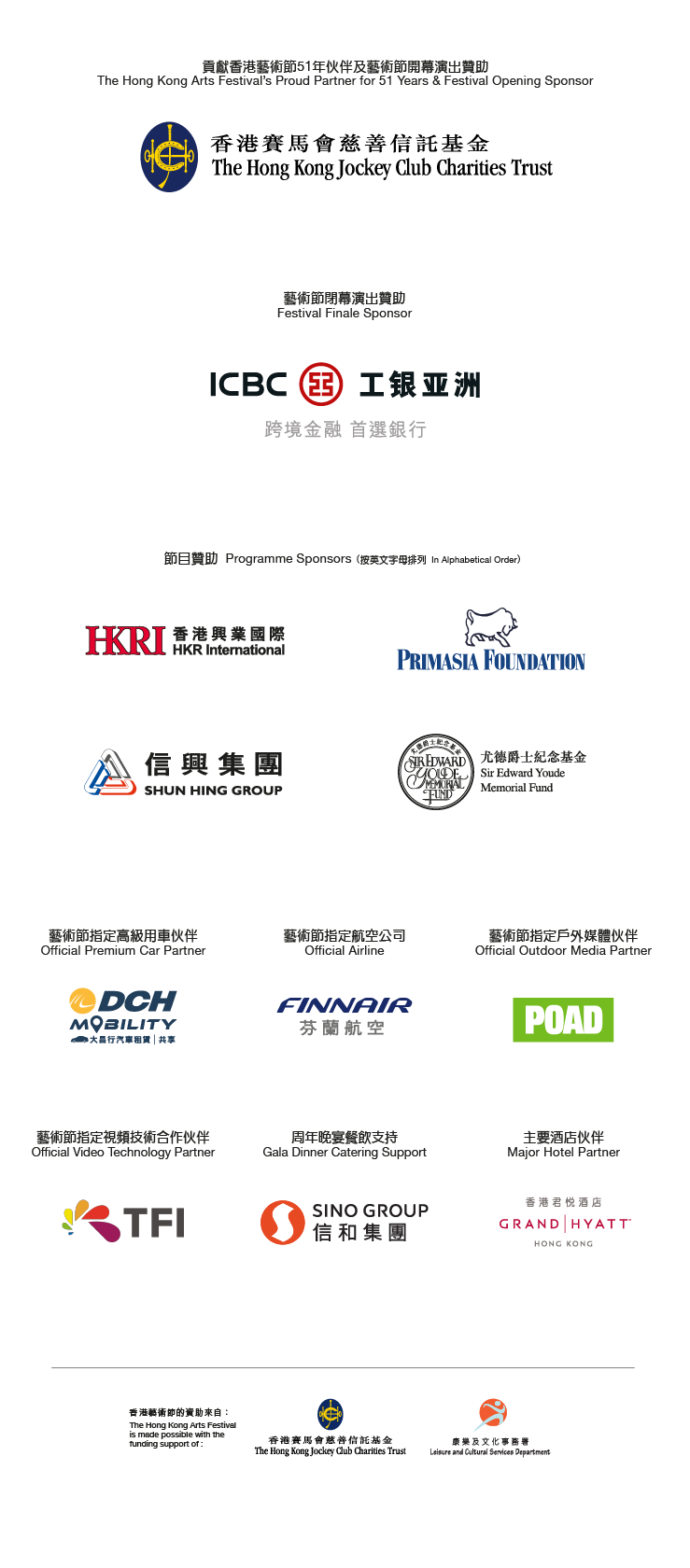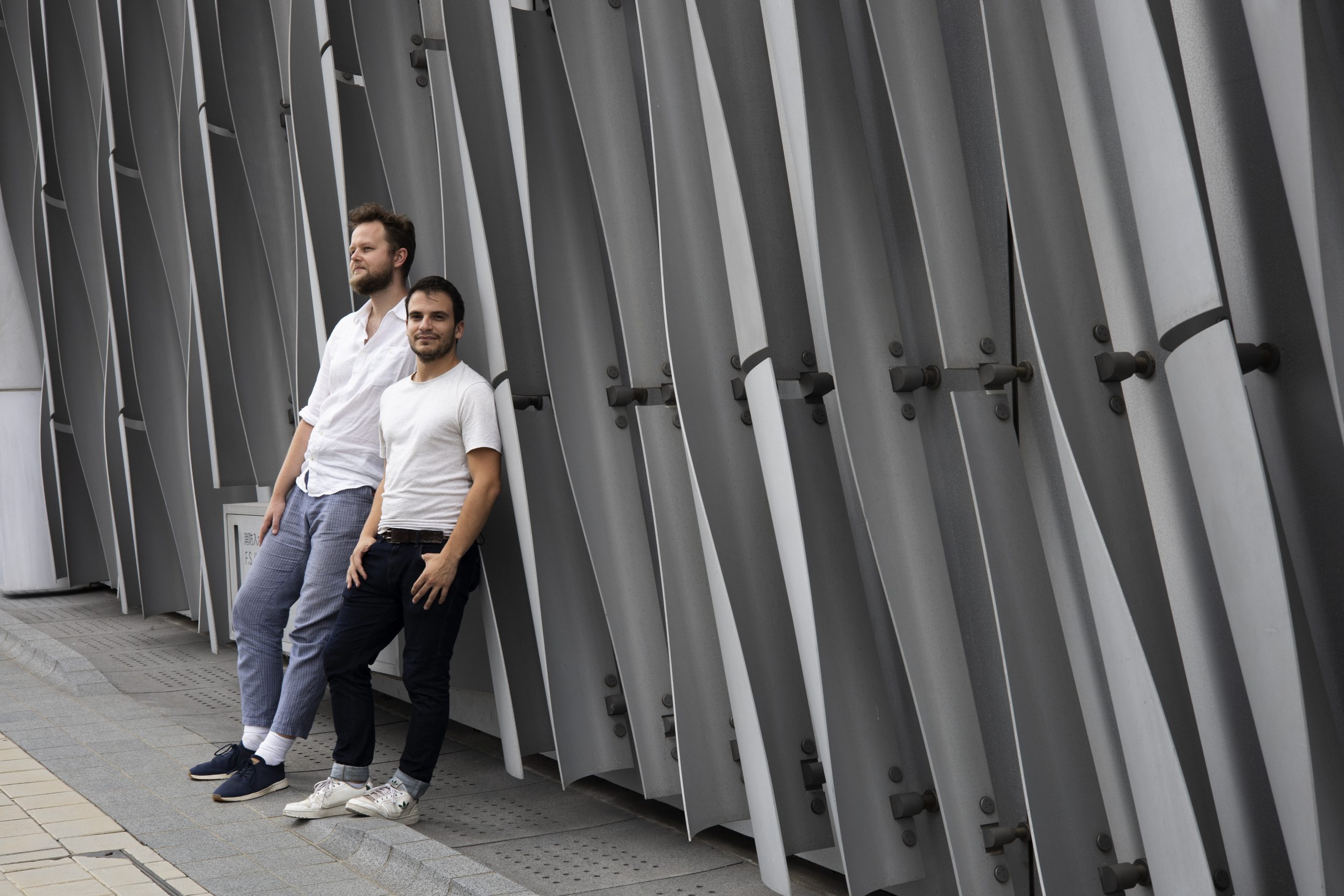
French theatre company Tamanoir Immersive Studio earned a reputation with experiences that utilised interactive technology such as virtual reality, but it has discovered that the most powerful technology already comes pre-installed in the minds of its audience members: the imagination.
This revelation for Tamanoir's co-founders—creative director Samuel Lepoil and producer Rémi Large—came over the previous 12 months while the duo was presenting The Castaways, a self-performance about disappearance and memory for 20-40 participants who are guided by a soundscape, internal voices and choreographic cues transmitted via an audio headset to interact with the spaces and people surrounding them.
Before then, Tamanoir had incorporated innovations such as virtual and augmented reality, and projection mapping into its cutting-edge productions that lay at the intersection of immersive theatre, dance and the latest technology. For example, Call Me Calamity (2020) and City of Foxes (2021) both utilised motion capture and VR to immerse participants into their interactive, alternative worlds.
"But when we tested a prototype of The Castaways [using audio only], we found that some people at the end were crying, some were left in complete silence," Large says. "We never saw that before with our VR experiences and we realised that sound alone is way more immersive.
"The explanation is simple. With VR, you're limited by what you can see. But with audio headsets, the only limit is your own imagination. This way you can beat the immersion of any VR project, even the biggest ones. But you can't beat your own imagination."
Lepoil adds that Tamanoir had noticed the constraints and limits of VR in a theatre setting, particularly in the way that participants could connect with each other. "So the idea was to remove this technology but find a way to keep the same quality of immersion and interactivity. That's why we started to use sound—as Remi said, the imagination is the best graphical rendering engine available."
Tamanoir was founded in 2017 by Lepoil, who has a background in interactive design and theatre, and Large, who had a previous career as a dancer followed by work in cinema. The company, located at the cutting-edge arts space , is supported by the French National Centre for Cinema and the Moving Image, and has presented its previous works at prestigious events and venues such as the Venice Biennale and the China Academy of Art.
FestMag caught up with the friendly Lepoil and Large when they were in Hong Kong last September preparing for their 2023 Jockey Club InnoArts Series performances titled First Steps that are a spiritual successor to The Castaways, but with some notable differences. In the Hong Kong shows, created with the assistance of local artists including dramaturgist Enoch Cheng, 30 participants selected from the audience will again be guided on stage by audio cues over headsets but they will be joined by professional dancers and performing in front of other audience members.
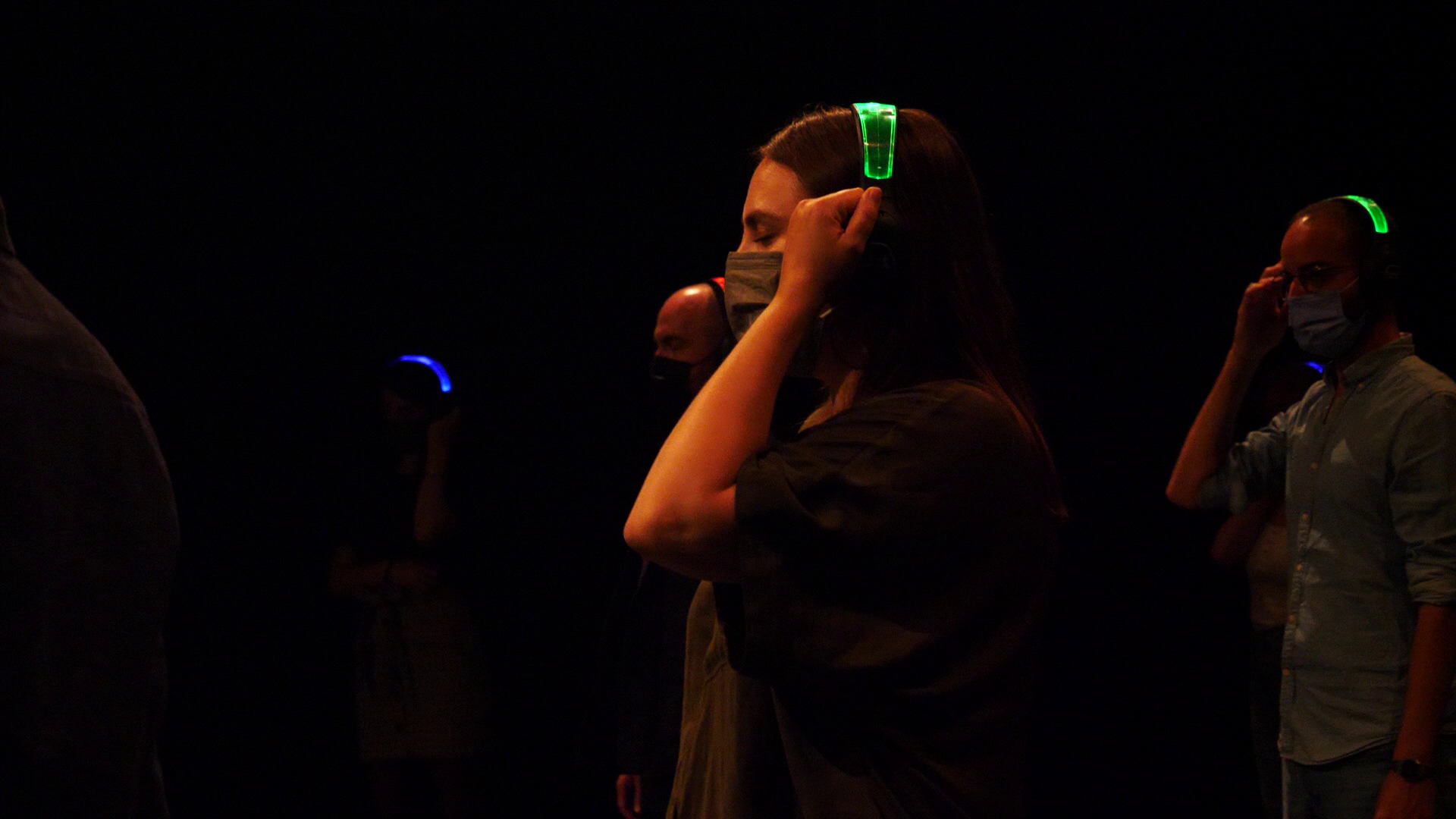
"The concept of the Hong Kong shows is about 'first steps'," Lepoin says. "We spent three years in a kind of secure environment putting up defences not only against COVID-19, but also against each other. We have lost touch with what it's like to take risks and to be open to each other. And so we want to offer the audience, the members of the public, an opportunity to take their first steps on stage as a way to feel once again what it's like to take risks."
Large adds: "We want everyone to feel safe on stage. We want everyone to feel welcome. And so we start with really easy and simple instructions. And after that, when everyone feels more confident, we introduce more of the instructions that are more open to interpretation and people can express themselves more at the end of the experience. But it's gradually evolving during the show."
The lead-up to Tamanoir's Hong Kong shows involved not only intensive testing of the many audio cues—the selected participants will all be receiving unique instructions—but also observation of the way people living in this densely populated city interacted with each other and the spaces surrounding them, such as the behaviour of bodies on the MTR.
"We use testing methods and creative processes that come from the video games industry, because what we are doing is getting people to interact with something," Lepoil says. "Basically the audience is writing the story us. We try something and watch how they react, and so we need to test everything repeatedly because it's a process of observation more than anything."
Large and Lepoil were enjoying the creative process during their first project in Hong Kong, and also the chance to collaborate with local dancers.
"The Hong Kong dancers are quite amazing," said Large. "Compared to the dancers we know in France, the Hong Kong dancers really follow the rules that we give them and really try to understand our intention. And it's been inspiring to see how helpful they are with the instructions that we gave them."
After the HKAF shows end, Tamanoir will be staging a production with the that also involves placing participants on stage and guiding them with audio headsets. But as to what happens in their future productions, Tamanoir's focus on the latest technological breakthroughs has been changed forever by their discovery of the sheer emotional power of audio.
"We are now using technology that existed 30 years ago—we just use it differently," Large says. "When we started the company, technology was really important, but now it's just a tool. If we don't need it, we won't use it. Technology is not the subject of the show—now it's simply a way for us to bring more emotion into what we are doing."
